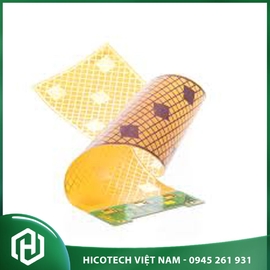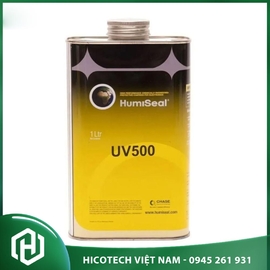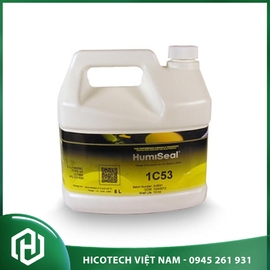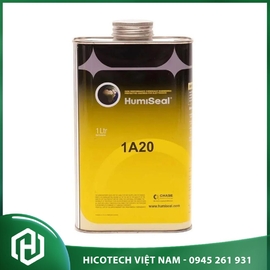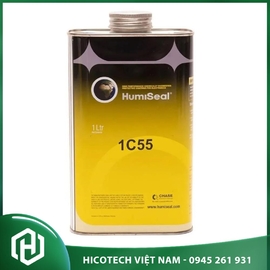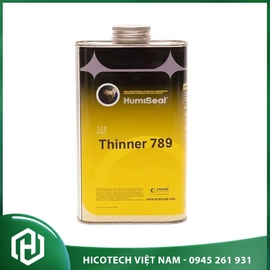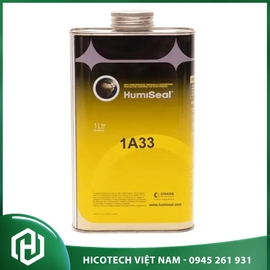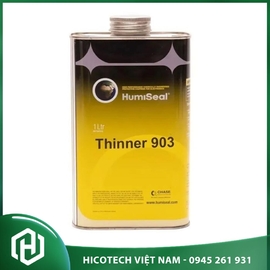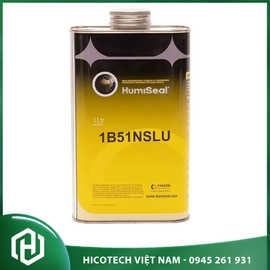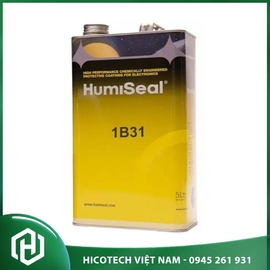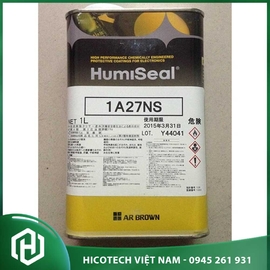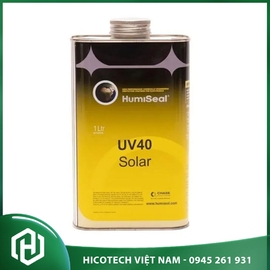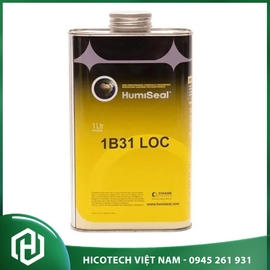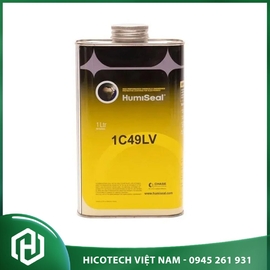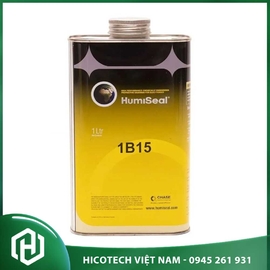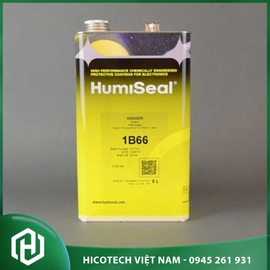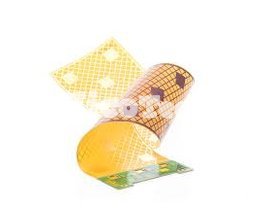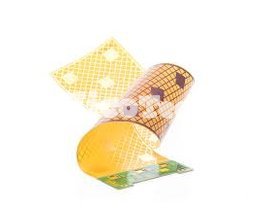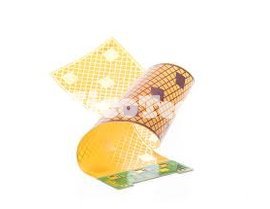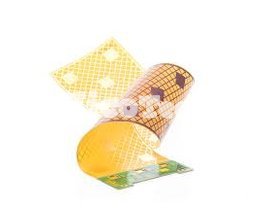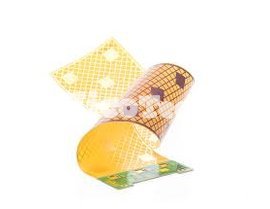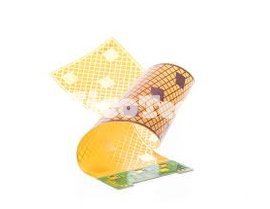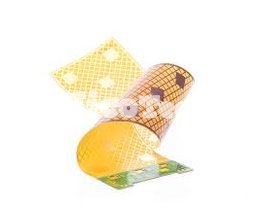Top Tips For Conformal Coating Selection
Understanding Coating Values
When selecting a conformal coating, it is crucial to consider critical material parameters such as coefficient of thermal expansion (CTE), Young's Modulus, glass transition temperature (Tg), and gas permeability, as these properties can vary significantly among different coatings. For a more in-depth understanding of these properties and their significance, refer to Handbook Chapter 4.
Designers should also be aware that the values provided in a vendor data sheet are typically measured under ambient conditions for newly cured coatings. It is important to understand how the material's behavior will change with temperature and time, particularly considering aging at higher temperatures. The coating vendor may provide information on material behavior with temperature and time, but it is essential for the OEM to conduct their own testing to ensure the suitability of the coating for their assemblies. Temperature excursions must be taken into account as well. Neglecting factors like thermal shock or thermal cycling can result in coating cracking, compromising its protective capabilities.
Getting Coating Thickness Right
Ensuring the proper coating thickness is crucial for successful outcomes. It is important to be aware that excessive thickness can result in solvent entrapment in areas where the coating doesn't fully cure. It can also lead to cracking during the curing process, as well as due to temperature changes, mechanical shock, and vibration. As a general guideline, conformal coatings should not be applied thicker than necessary or beyond the recommended application thickness. In most cases, coverage is more important than thickness, except in harsh environments. If there is any uncertainty regarding achieving the optimal coating thickness, it is highly recommended to consult with your coating vendor for guidance and advice.
Know Your Components
A key aspect of achieving a successful coating process is having a thorough understanding of your components. By being knowledgeable about which components should be coated and which ones should not, you provide more flexibility to the coater during assembly operations. Components that must not be coated create "keep out" zones, and it is essential to clearly define these zones on the engineering drawing, including specifying the tolerance for the keep out zone. It is crucial to be specific and avoid vague statements when indicating where coating is desired and where it is not. Best practice is to clearly identify the areas that must be coated, the areas that must not be coated, and the "don't care" areas to ensure a smooth coating process. Pay special attention to specifying coating around connectors, as clarity is particularly important in these areas.
It is important to note that relying on conformal coating to compensate for poor part selection is not advisable. Different components have varying levels of moisture sensitivity, and if a component fails, the failure may not be related to the coating. Therefore, the selection process for the coating becomes critical in achieving a successful outcome in such cases.
Vapour Deposited Coating
When selecting a coating, it is crucial for the designer to understand the significant distinction between solvent-borne or liquid coatings and coatings applied through vacuum deposition or chemical vapor deposition processes. Vacuum deposition coatings, such as polyparaxylylene (e.g., Parylene), are applied using an expensive process that requires different masking, surface preparation, and other considerations. Conventional coatings cannot be used in this type of process.
If a designer opts for a vacuum-deposited coating, it is important to consider the board's design, as not all circuits are suitable for vacuum deposition. When in doubt, designers should collaborate with the coating vendor or the manufacturer responsible for the coating to determine the specific guidelines associated with these materials. It is essential to identify the special rules and requirements that come with using vapour-deposited coatings to ensure a successful application.


